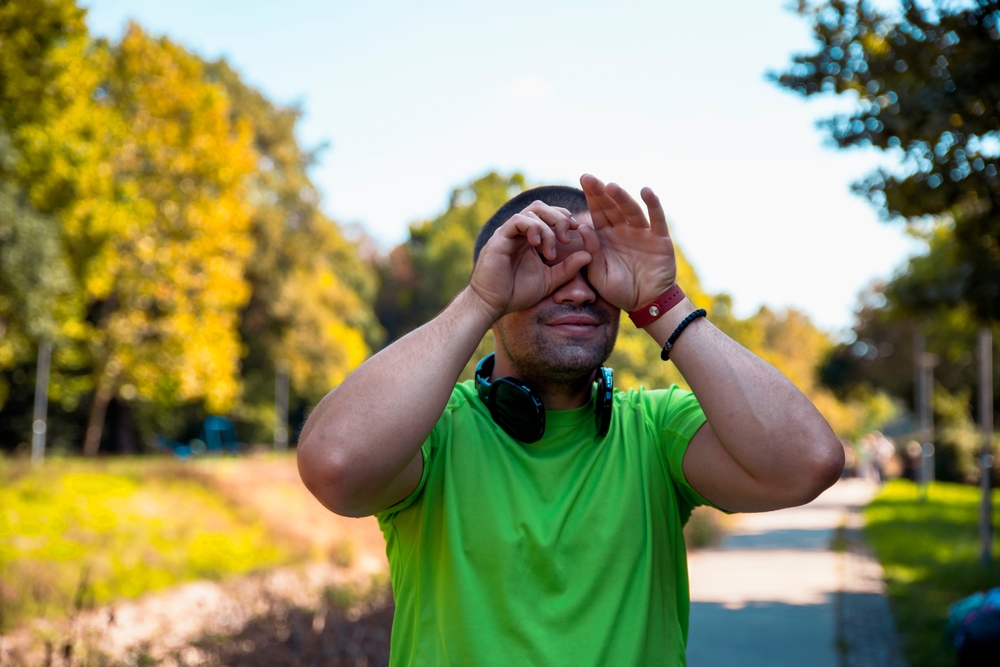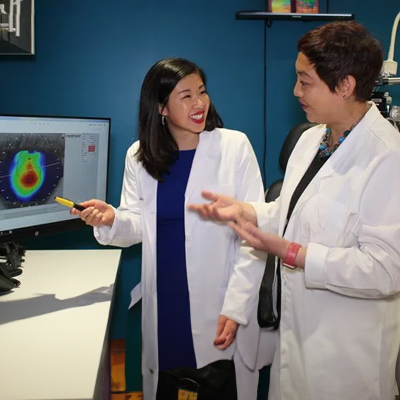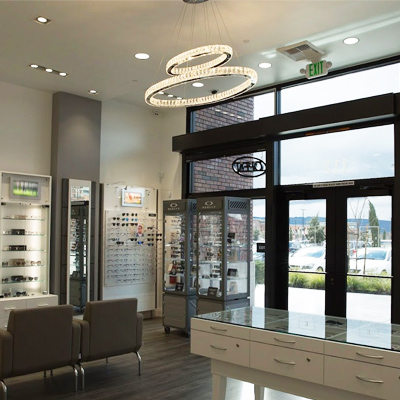
Dry eye is a condition that affects millions of people, causing discomfort and, if left untreated, potentially impacting your quality of life and long-term eye health. While occasional dryness can be managed with simple lifestyle changes or over-the-counter remedies, some symptoms indicate it’s time to seek care from a specialist.
What is Dry Eye?
Dry eye occurs when your eyes do not produce enough tears or when the tears evaporate too quickly. Tears are vital for maintaining healthy eyes and clear vision—they lubricate, nourish, and protect the surface of your eyes. When this balance is disrupted, it can lead to irritation and a range of symptoms.
Common Symptoms of Dry Eye
Dry eye symptoms can range from mild to severe and may include:
• A gritty or sandy sensation
• Burning, stinging, or itching
• Redness or irritation
• Blurry or fluctuating vision
• Sensitivity to light
• Watery eyes
• Tired eyes
If you experience these symptoms occasionally, you might find relief with artificial tears or environmental changes, like using a humidifier or taking regular breaks from digital devices.
When to See Your Doctor
While mild dry eye can often be managed at home, certain signs and symptoms should not be ignored. Red flags that indicate you should see a dry eye specialist include:
• Persistent discomfort: If symptoms do not improve with over-the-counter drops or last longer than a few days.
• Worsening symptoms: If your dryness, redness, or vision issues are getting worse.
• Severe pain or sensitivity: Significant pain, sensitivity to light, or sudden vision changes may signal a more serious problem.
• History of eye surgery or autoimmune disease: These factors increase your risk for more complicated forms of dry eye.
Why See a Specialist?
A common cause of chronic dry eye is Meibomian Gland Dysfunction (MGD), a condition where the glands along your eyelids become blocked or do not produce enough oil to keep your tears from evaporating. When these glands are not functioning properly, the protective oil layer of your tears is disrupted, leading to more persistent and uncomfortable symptoms.
When dry eye symptoms persist, it’s important to see an eye care specialist. An optometrist can perform a thorough evaluation to identify the root cause of your discomfort, including underlying conditions like MGD or blepharitis. Your optometrist also has access to advanced diagnostic tools and tests that aren’t available over the counter, allowing for a more precise and accurate diagnosis.
Based on your specific needs, your doctor can recommend targeted treatments that go beyond basic artificial tears. This might include prescription eye drops, in-office therapies for MGD, or procedures designed to help your eyes produce and retain more moisture. Getting the right diagnosis and a tailored treatment plan early on can help prevent complications, protect your vision, and significantly improve your comfort.
Find Lasting Dry Eye Relief at East Bay Vision Center Optometry
Dry eye is more than just a minor annoyance, it’s a medical condition that deserves attention, especially when symptoms persist or worsen. Recognizing red flags and seeking care from a doctor can make all the difference in your eye health and overall well-being.
If you’re experiencing persistent dry eye symptoms, schedule a comprehensive dry eye evaluation at East Bay Vision Center Optometry to find lasting relief and protect your vision. Visit our office in Oakland, Fremont, or Pleasanton, California. Please call (510) 268-9600, (510) 796-9600, or (925) 462-1100 to book an appointment today.









